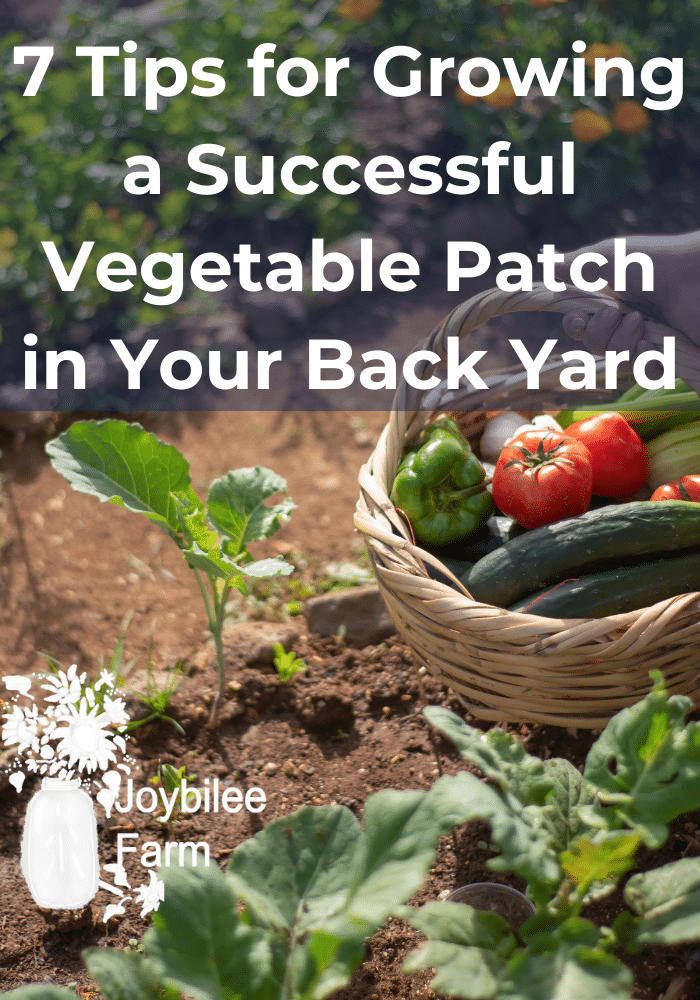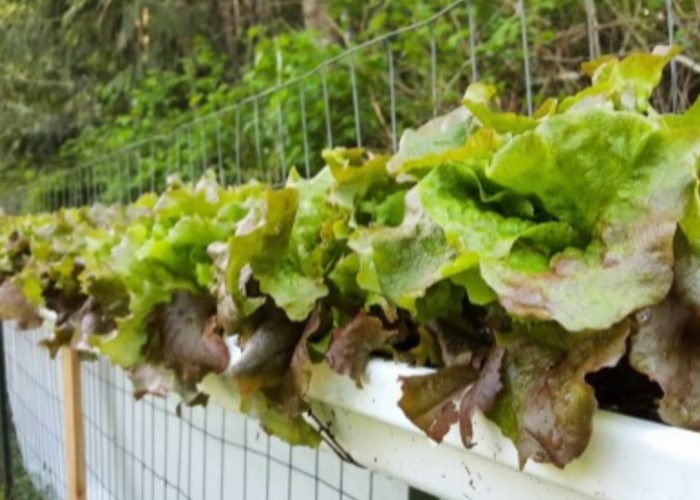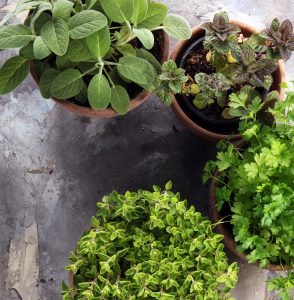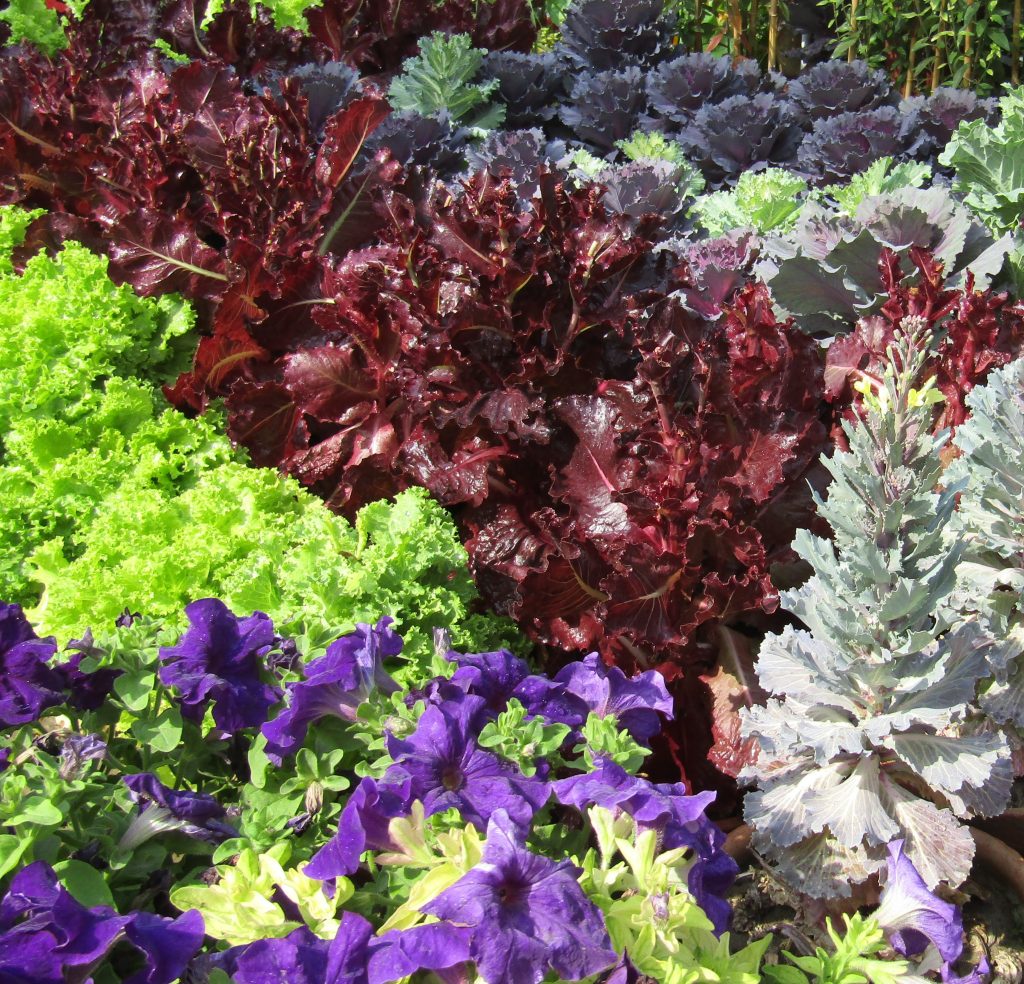Whether you just have containers and pots, or an in ground spot to add garden beds, you can grow a successful vegetable patch in your back yard. Enjoy fresh produce, of your favorite types and explore new kinds and varieties. Feed yourself and your family, successfully, for at least part of the year from garden fresh produce.
Gardening is fun, but also a labor of love. Every year, gardening provides a different challenge, there’s new pests and new beneficial insects to learn, new varieties of old favorites to try, or just new things to try growing in general. If you’re just getting started with gardening, growing your own back yard vegetable patch could seem like too daunting of a task. It’s easy to get analysis paralysis and just keep reading articles, how-to’s, and books galore, on garden focused topics and resilience.
These tips and some tactics are things that are helpful (and tested) to get a successful back yard vegetable patch flourishing in your own neck of the woods.

Prioritize Soil Health
Your vegetable patch will need fertilizer at some point in the growing season. Make the growing season easier by starting a compost bed of grass clippings, tree leaves, coffee grounds, and maybe even mushroom ends, in the fall before you plan to start gardening. Place regular brown cardboard on the ground where you plan to make your garden, then add grass clippings, leaves, and coffee grounds. Let sit over winter, and cut through the cardboard and mulch in the spring to plant starts in small openings. Top with additional cardboard or newspaper to act as an additional weed barrier. This will improve soil condition, attract worms, and help your first season plants flourish.
Start Small, Keep Your Vegetable Patch Simple
Seed catalogues have dozens of beautiful and fascinating seeds available. For your successful vegetable patch, start with just a few varieties and plan to add one or two more each year. Same with your garden space, start with one or two beds and add more space each year.
If you want to grow, for example, tomatoes, start with one or two large varieties and one or two cherry varieties and just grow two or three plants of each. This would give you some leeway if one plant doesn’t grow well, but won’t overwhelm you with too many tomatoes. Keep to just one or two varieties of each type of vegetable you want to grow, and if you’re breaking new ground just start with a few beds.

Photo courtesy of A Farm Girl in the Making
Double Check Planting Distances
Obey the recommended planting distances. I know the seeds look small and tiny, and seedlings look unhappy so far apart, but when you have full sized plants piling into each other, the recommended distance lets them produce and not become stunted due to a lack of nutrients. You’ll get more production per-plant at the recommended spacing so you can enjoy a truly successful backyard vegetable patch.
Persevere, Don’t Let Discouragement Win
Failures happen. Even if you’ve been gardening for twenty years, the year can throw a curve ball and you’ll end up with crop failures. This year was exceptionally hot and dry early on, so in a new garden, I had crop failures of all my spring crops, lettuce, radishes, peas, and carrots. It was just too hot for them. It happens. The tomatoes throve though. So try a variety of things, and if one thing fails maybe another will have a good season.
If you’re just starting out, try short season (cool) crops like lettuce and peas in early spring plantings. Mid-summer crops by starting indoors, these are things like tomatoes and eggplant. And late autumn crops by planting things like lettuce again in August or September, about a month before last frost date.
Journal or Make Notes on Your Vegetable Patch
Get a notebook and write down what seeds you have, what you buy, and keep a page for when you plant and record what and how much you harvest. This will help you figure out what grows well in your zone, and what varieties you may want to grow again, or not. If a well recommended tomato variety isn’t very impressive to you, make a note that it wasn’t worth growing again. That will also help when you’re browsing next year’s seed catalogues. Also keep records if you save your own seeds.
Save The Seeds You Can
Saving your own seeds can help you get plants that do even better, in your yard’s microclimate and that are more resistant to your local pests. Start simple with things like calendula and marigolds, peas and beans, and squash or melons. Make sure to keep records of what seeds you’ve saved yourself, and what seeds you keep bringing in.
Large flowered plants, like squash, can be easy to save true seed from. Simply slip a light fabric bag over the female flower you want to save seed from. When it opens, take a male flower from a different plant of the same type, and smoosh them together. Keep the female flower covered until the fruit begins to develop, then take the bag off and mark the fruit. Let grow to full maturity, and then harvest.
Store Seeds In the Freezer, and Germination Test Older Seed
If you’ve been gardening for several years, you probably have a few partial seed packets hanging around from previous years. Place a 5-10 seeds on a damp paper towel, in a labelled sandwich bag, and test the germination. Some seeds will last for several years if kept cool, or frozen.
Store seed in the freezer to keep it even longer with good germination. That way you can take advantage of end of gardening season clear out sales on seeds, and still have good germination next year. This works especially well for seeds like lettuce, radish, peas, and carrots where you may want to try planting them extra early when your new seed orders haven’t come in yet.
Taking your Backyard Vegetable Patch to the Next Level
Every gardening year can be a different and unique adventure. While these tips are helpful, you can find even more tips and useful techniques in “The Family Garden Plan” by Melissa K. Norris. This book is chock full of useful gardening tactics to help you have a successful backyard vegetable patch, and it even helps you aim to grow a year’s worth of veggies, if you want to have that goal.
There are several useful charts and planner pages to help you organize your seeds, plant numbers, garden plots, and more. One of the things I really liked was the plant calculators, which help you calculate how many plants you need based on expected plant yields and how much of that food you normally use in a year. There are also charts to help you track your preserved garden produce, so you know how much you have, have used, and how much you need to grow this year to restock your pantry.
If you’re just starting out the garden information sections, and plant starting information are useful and insightful.
Melissa also talks about stewardship, and caring for the earth as you care for your family and garden. There are many ways to make one’s garden more eco-friendly and beneficial to pollinators, predatory insects, frogs, and other small critters, as well as ways to promote local biodiversity with your garden.
Local gardens help build local resilience, and are a great way to enjoy the outdoors. Check out “The Family Garden Plan” to help you plan next year’s garden, and apply some of these tips to get the most out of your back yard vegetable patch, without slipping into some of the most common pitfalls.





Leave a Reply